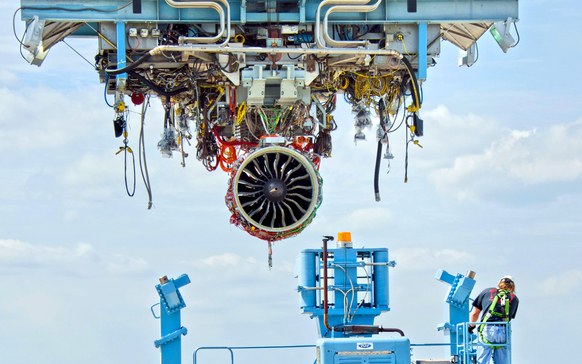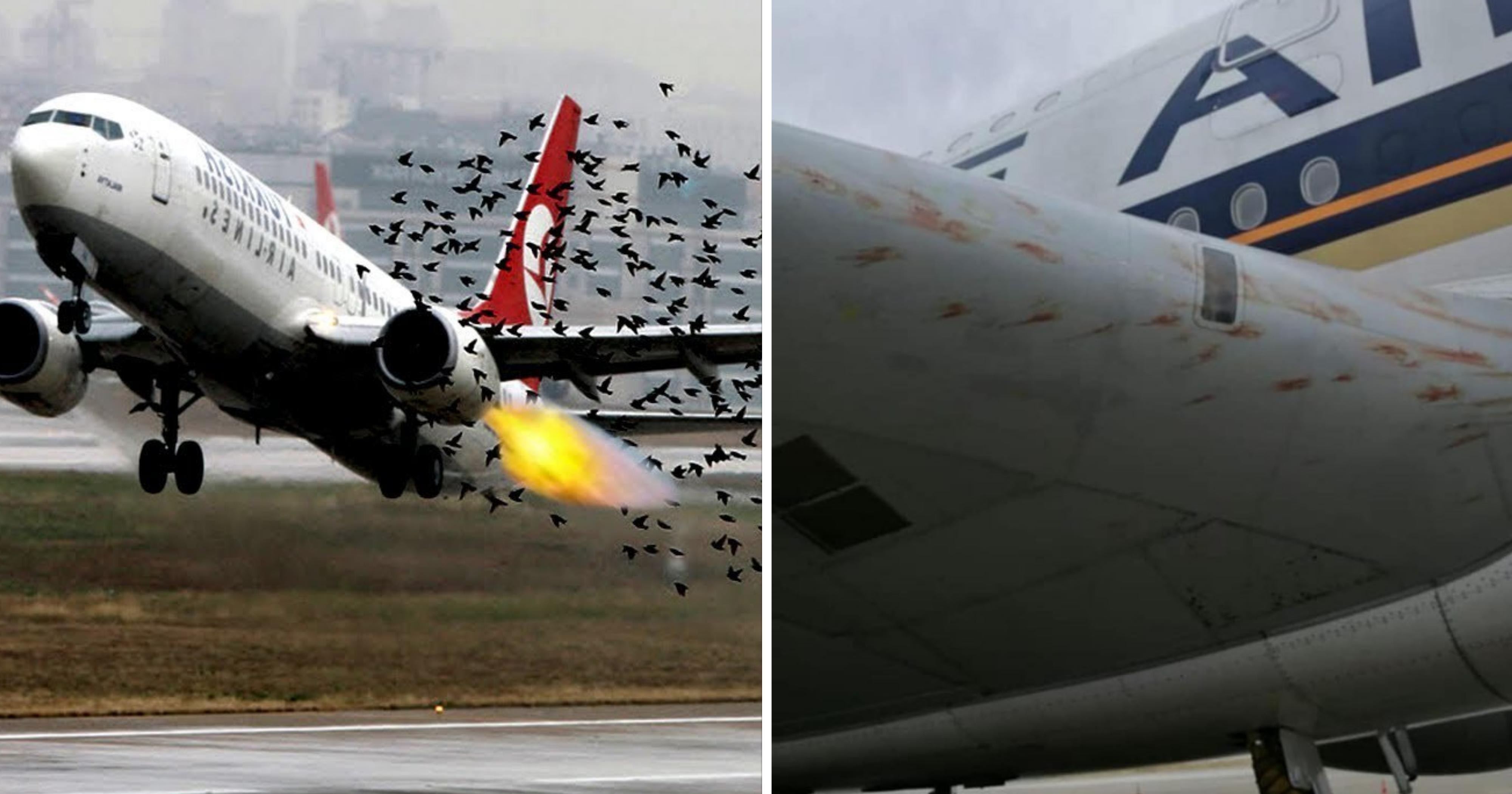A bird strike in Paris left a Singapore Airlines plane a little worse for wear.
Bird strikes are actually common
However, bird strikes happen more often than people think.
According to USAToday, there were 14,661 wildlife collisions with civilian aircraft in 2018, which is more than 40 times per day.
In fact, an estimated 80 per cent of bird strikes go unreported, meaning the number of actual incidents are likely to be much higher.
Most bird strikes happen during take-off and landing, which is logical, since there are fewer birds at an aircraft's cruising altitude.
However, bird strikes can also happen at higher altitudes, with the highest recorded bird strike at an altitude of 11,300 m.
How dangerous is a bird strike?
Although a bird strike may seem relatively harmless (unless you are the bird), it is actually a significant threat to flight safety. A 6.5 kg bird hitting an aircraft going 280 knots (or 518km/h) will exert a force of approximately 32 tonnes.
Fortunately, with advances in aviation technology, individual bird strikes are not very dangerous, as modern aircraft are designed to fly even with one engine down.
However, multiple bird strikes, or striking particularly large birds, can cause serious incidents.
One famous example was the "Miracle on the Hudson" in 2009.
An Airbus A320 struck a flock of Canada Geese shortly after takeoff from New York City's LaGuardia Airport, and lost all engine power. The pilots were unable to divert to the nearest airport, and had to ditch the aircraft in the Hudson River.
 Eyewitness view of the 2009 Hudson landing. Image via Janis Krum.
Eyewitness view of the 2009 Hudson landing. Image via Janis Krum.
Birds clearly punch above their own weight, being able to bring down entire aircraft single-handedly.
Can a bird strike be prevented?
Airports around the world employ different methods to reduce the possibility of bird strikes. In the wake of the Hudson incident, airports within New York began a systematic bird-killing program, leading to nearly 70,000 birds killed by 2017.
Other airports prefer to utilise non-lethal and more creative methods methods.
In Changi Airport, there is a special wildlife management team, whose job is to patrol the airport and disperse birds with speakers that mimic bird distress calls.
In addition, modern aircraft also have to adhere to strict regulations to ensure that they are resistant to bird strikes.
Regulations from the Federal Aviation Association (FAA) and the European Aviation Safety Agency (EASA) dictates that aircraft engines have to withstand a bird of up to 3.6kg hitting them within the engine inlet area.
They are also required to being able to safely shut down without catching fire.
But how do aircraft manufacturers test their engines? Simple. Bird carcasses are fired from a compressed air-cannon to simulate high speed bird strikes.
 Jet engines undergoing testing. Image via General Electric.
Jet engines undergoing testing. Image via General Electric.
Whole chickens, similar in size to ones that can be found in the supermarket, are often fired at speeds of over 600km/h into running engines to test our aircraft.
The things we do for safety.
Top image via Scarecrow Group/ Nairaland and Liew's Facebook post
If you like what you read, follow us on Facebook, Instagram, Twitter and Telegram to get the latest updates.
